Fireflies and lighthouses: A tour of Maine’s MidCoast
Photographer Acacia Johnson savors oysters, retreats to a lakeside cabin, and captures the magic of Maine in a statewide tour.

There's something about the light in Maine. During the day, sunshine reflects off crisp blue waters, casts angles across tidy seaside cottages, and illuminates curious creatures in tide pools.
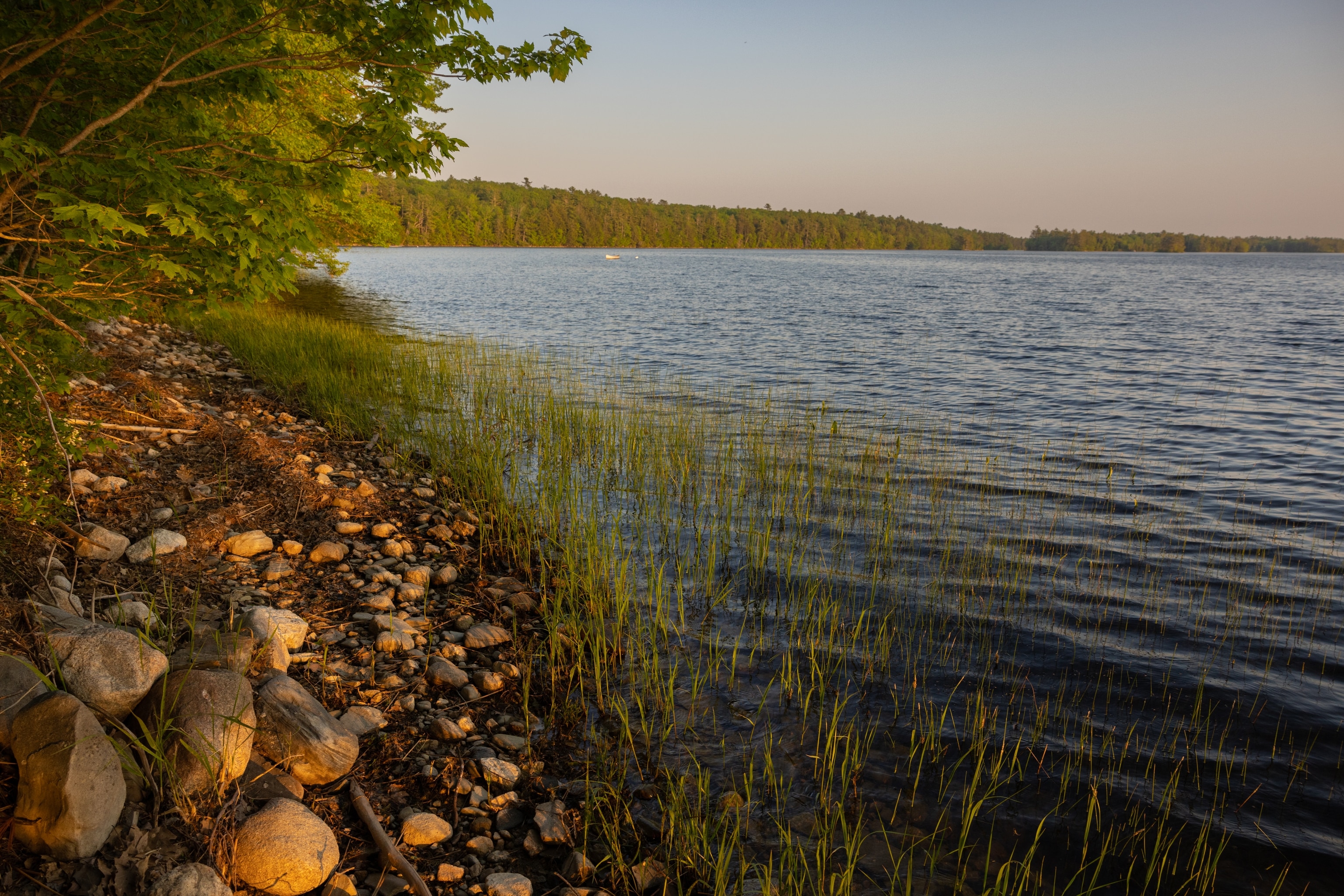
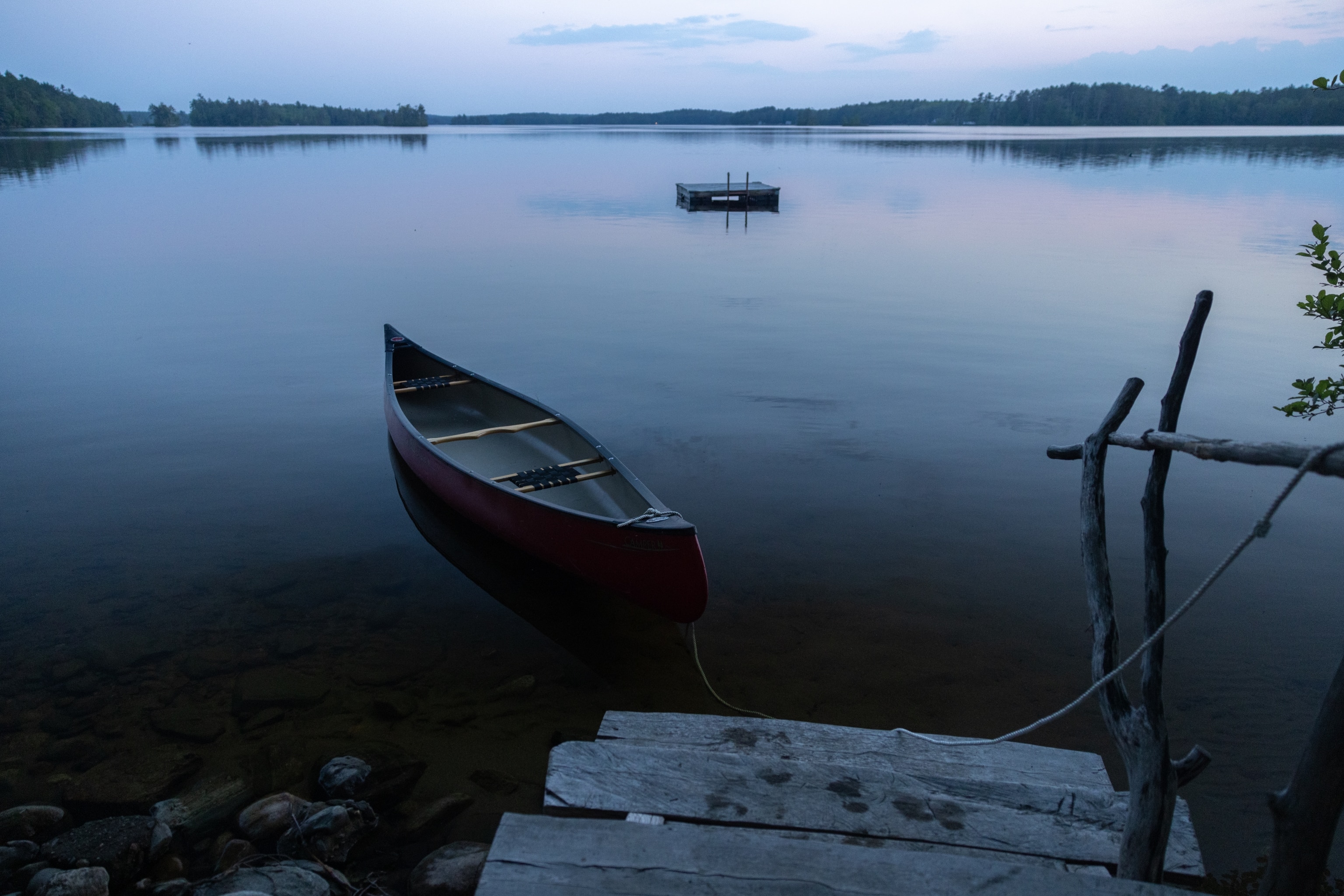
But it's the darker twilight and clear night skies that captivated Acacia Johnson when she first visited Maine as a photography student. Spending the summer in Rockport as an intern with Maine Media workshops, she experienced nights dotted with fireflies and stars, warm enough to take a lake swim. For Johnson, who grew up in Anchorage, Alaska—where summer is midnight sun season—it was a revelation.
"When I think back on that first summer in Maine, it was this experience of childlike wonder at things in the natural world that were actually very simple but, to me, seemed totally magical," Johnson says. The documentary photographer recently revisited Maine for a statewide tour. The journey reminded her, among other things, of what it was like to play with that remarkable light as a photography student years earlier.
"Being able to have these dreamy blue hours and colorful transitional light experiences almost every day in a variety of landscapes, everything from coastlines to mountains to pine forests and lakes—there was just so much there," she recalls. "It was very inspiring to me at the time."
Fresh, delicious wonders along the coast
Johnson's trip began in Maine's MidCoast and Islands region, where she boarded an oyster boat in the village of Pemaquid with knowledgeable captains to learn how Johns River Oyster brings its oysters from nursery to market. The farm tour is one of many available along the Maine Oyster Trail, where visitors learn and taste their way through the state's four oyster-producing regions.



The trail encompasses at least 75 businesses and offers oyster lovers rewards as they wend their way through raw bars, shuck trucks, and tours accessible both by boat and on foot at riverside farms.
"I had no idea how little I knew about oysters before this experience," Johnson says. "It was fun spending time with people who had a lifetime connection to the place where they live and work. It added a layer of depth to the time there."
A peaceful lakeside retreat
Johnson also loved staying at Otyokwa, a former boys' camp for city kids established in 1935. Today, the 40-acre property next to Pemaquid Pond offers stays at its lakeside cabins, farmhouse, and two houseboats.
My favorite photos were from the edge of the water at Otyokwa during an evening there. At twilight, the surface of the water turned silky and reflective, merging the clouds with the colors and depth of the lake. It was serene.Acacia Johnson, National Geographic Photographer
The stay at Otyokwa, with the chance to go canoeing and swimming and just generally be immersed in that incredible light, Johnson notes, is part of what made the spot so special.

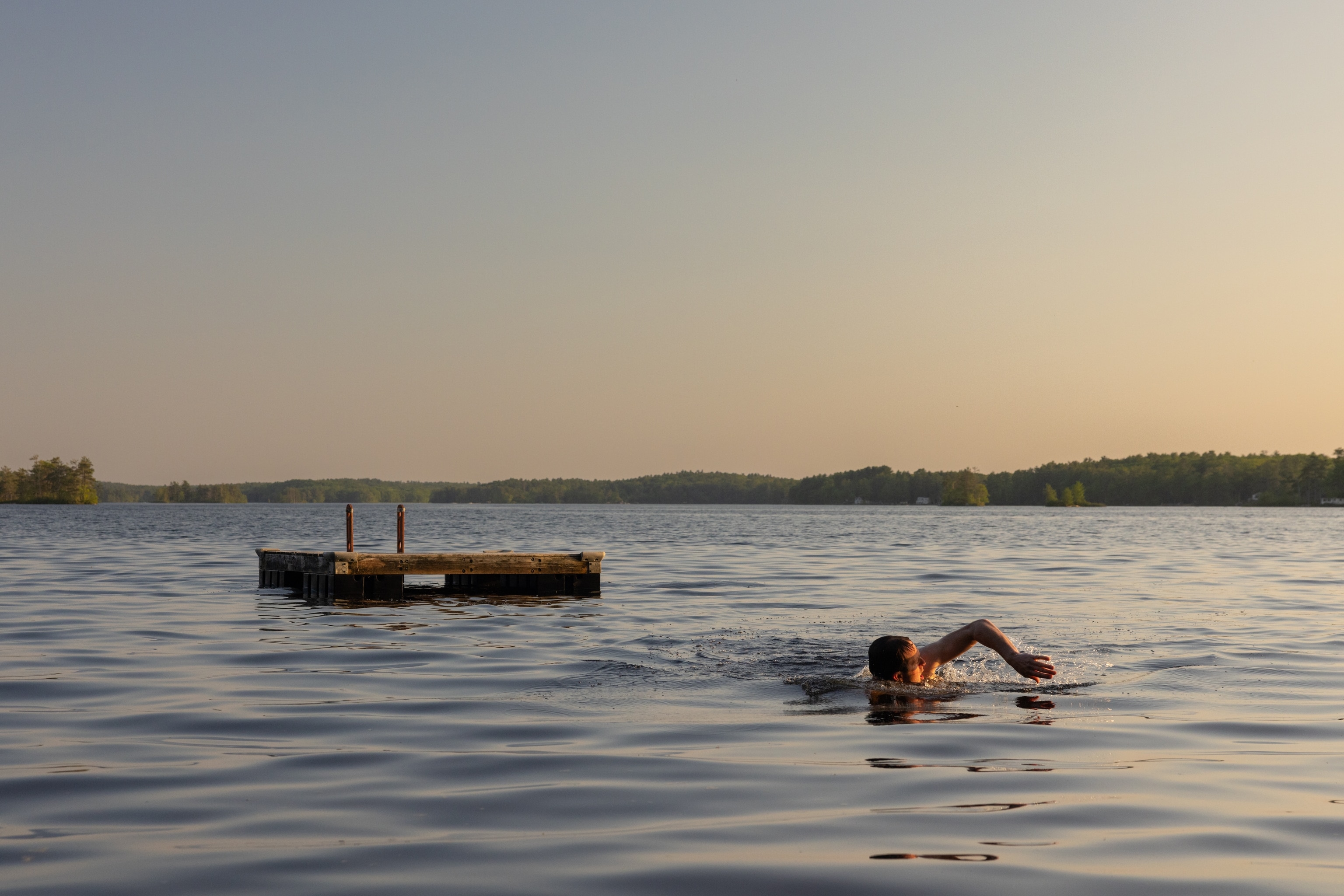
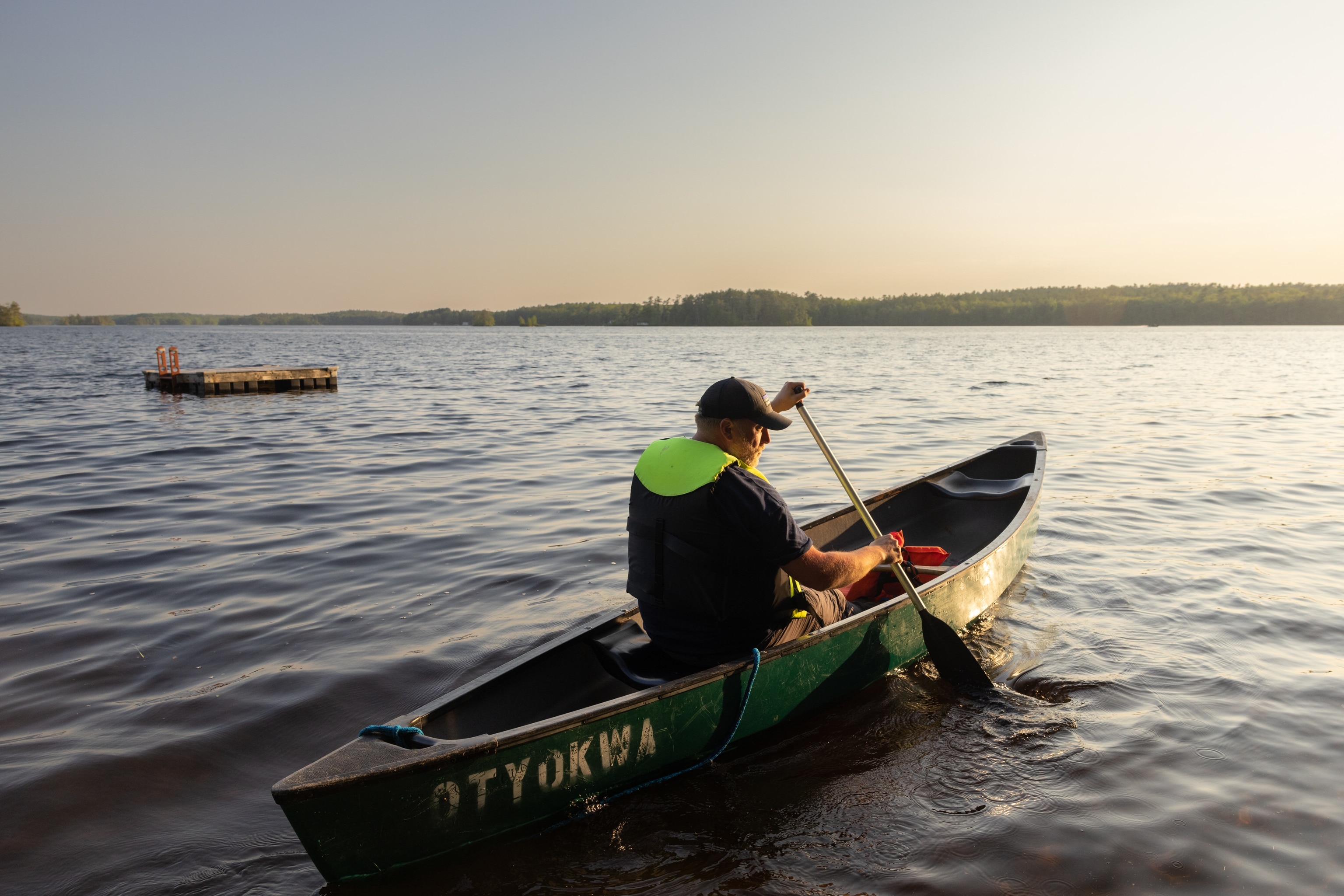
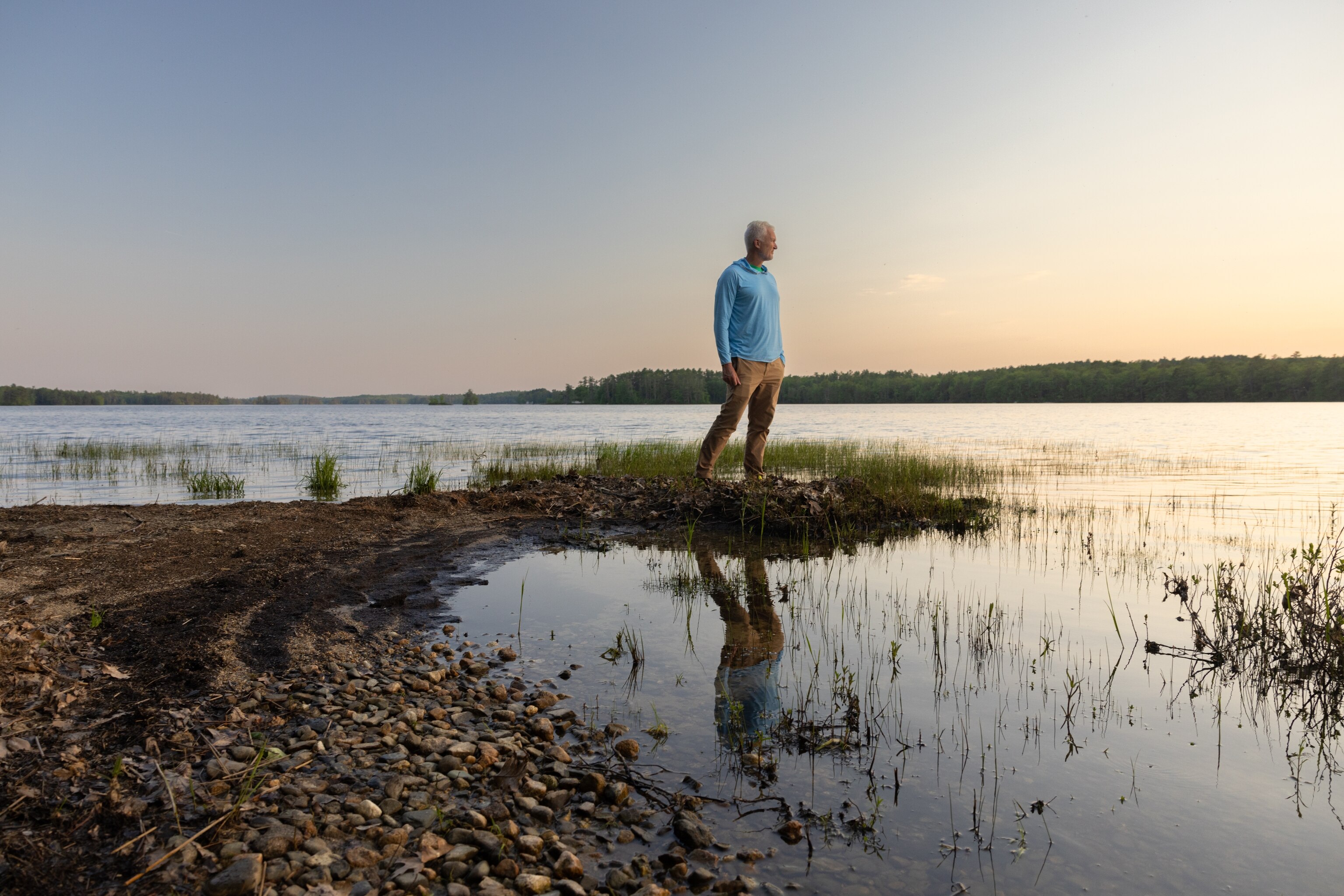
Special as it is, Otyokwa is one of many lodging options that give Maine visitors a way to slow down and appreciate the views. You can pitch a tent on spectacular campgrounds, stay at a bed and breakfast, or take on an outdoor adventure resort.
The scenes took Johnson back to that first formative trip to Maine. At the end of that summer, she channeled that "blue hour experience energy," as she calls it, into an Arctic photography expedition that became her first successful project.
"It was this immersive sensory experience that, in many ways, sparked so much of the rest of what happened in my photo career," Johnson says.
Lighthouse views
At 3,478 miles, Maine has more coastline than any other state in the contiguous United States, giving it a wealth of both vistas and delicious seafood. Visitors to MidCoast and Islands find not only oysters but lobster shacks, storied dining destinations like The Lost Kitchen, and classic spots like Wasses, famed for its hot dogs.
Johnson also visited Pemaquid Point Lighthouse Park, with its Fishermen’s Museum and a light tower originally commissioned by John Quincy Adams in 1827 that is still active today. The museum preserves the fishing and marine heritage of the Bristol area, including captains’ logs and photos.
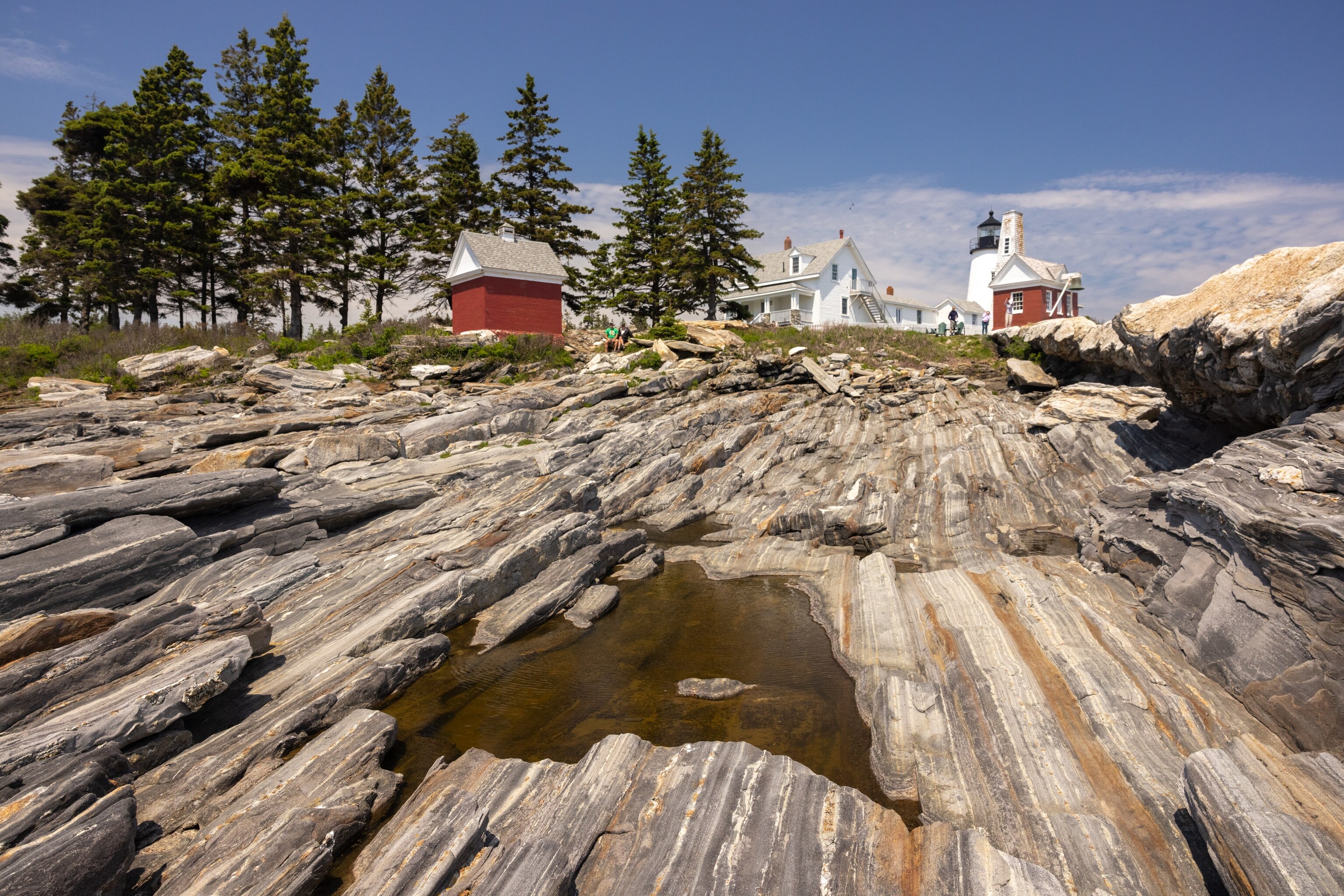
Pemaquid Point’s tower is one of more than 60 historic lighthouses in the state. Some of them are only accessible on Maine Open Lighthouse Day, which is held annually in September.